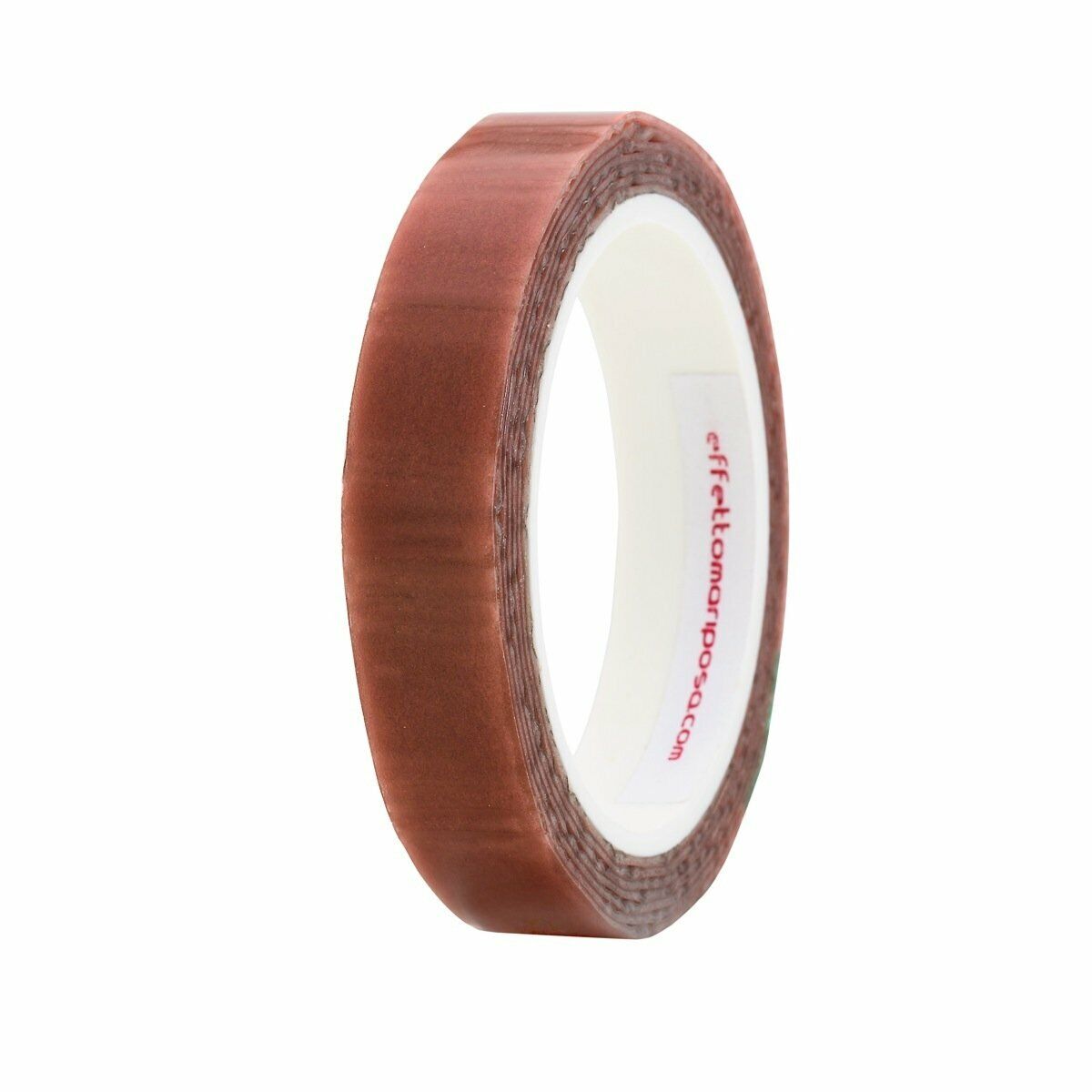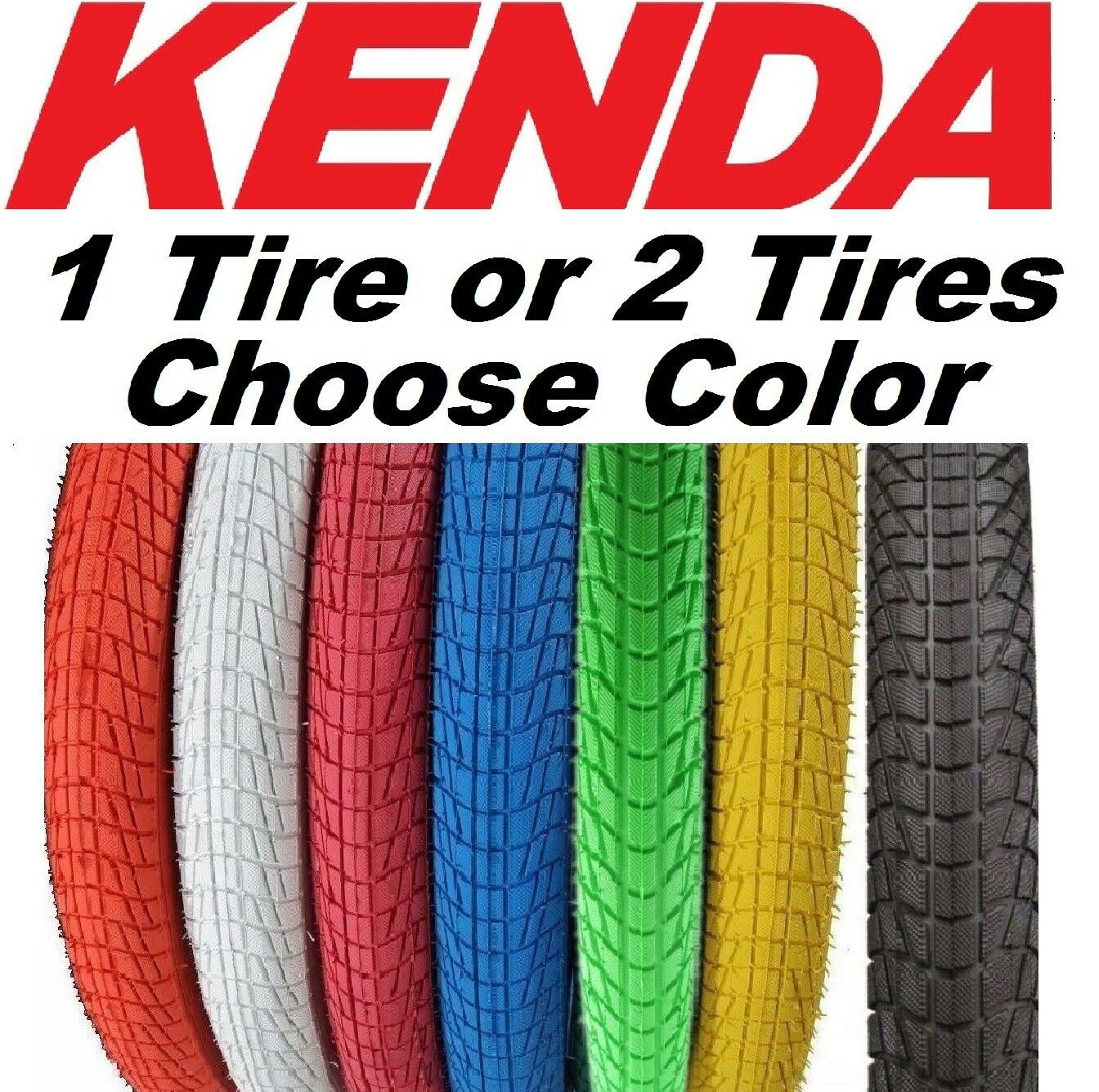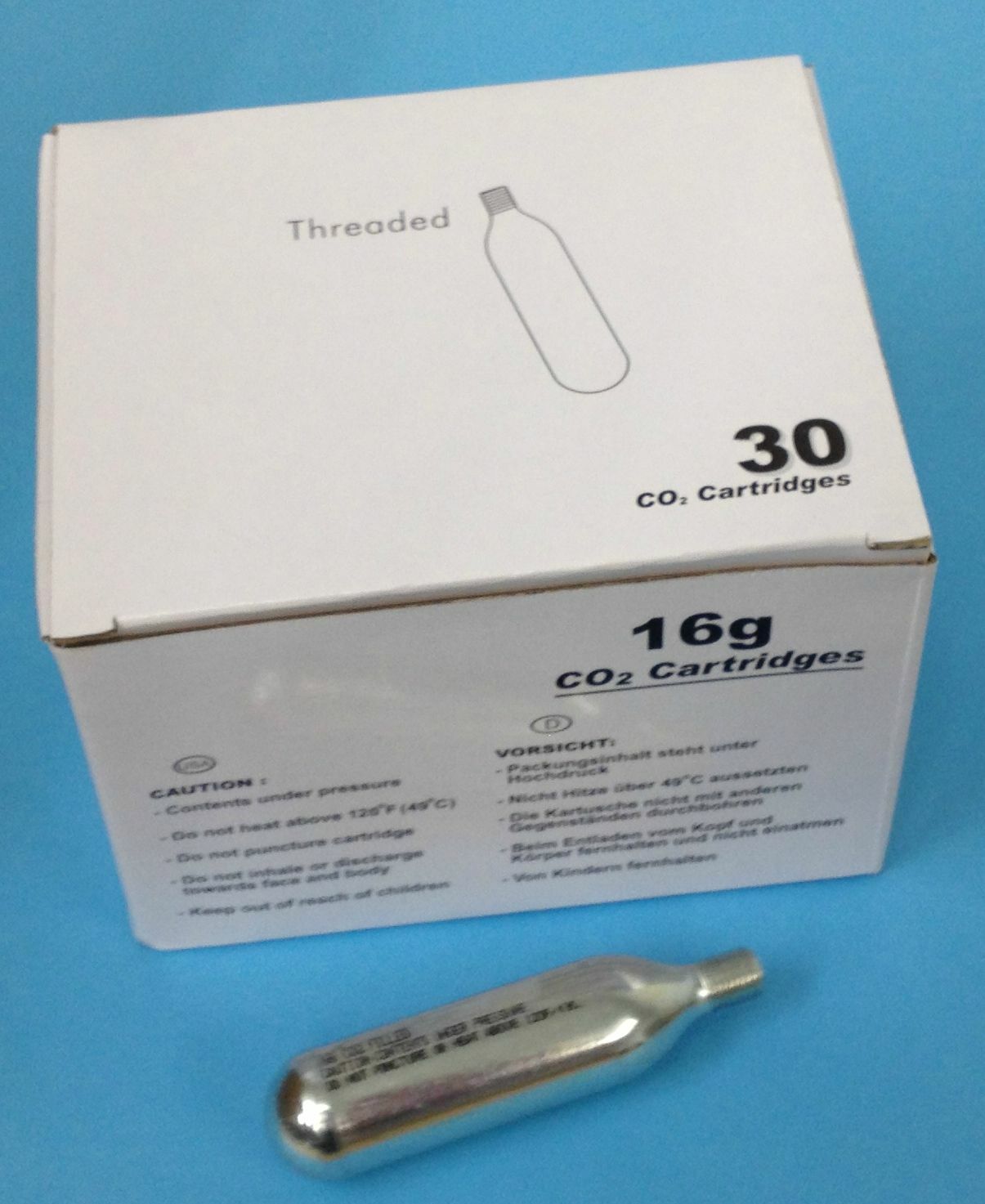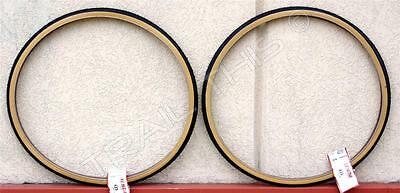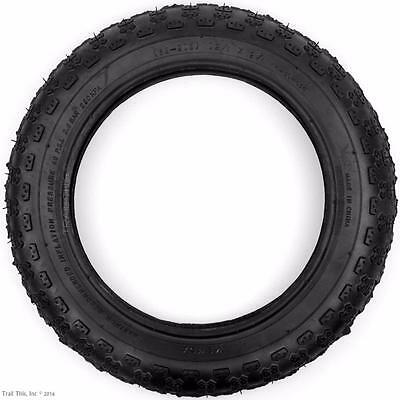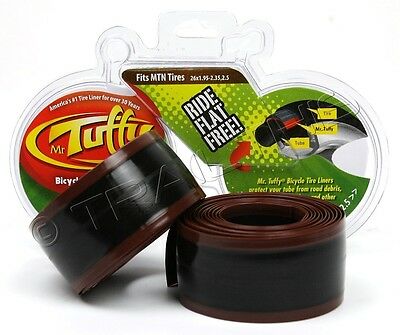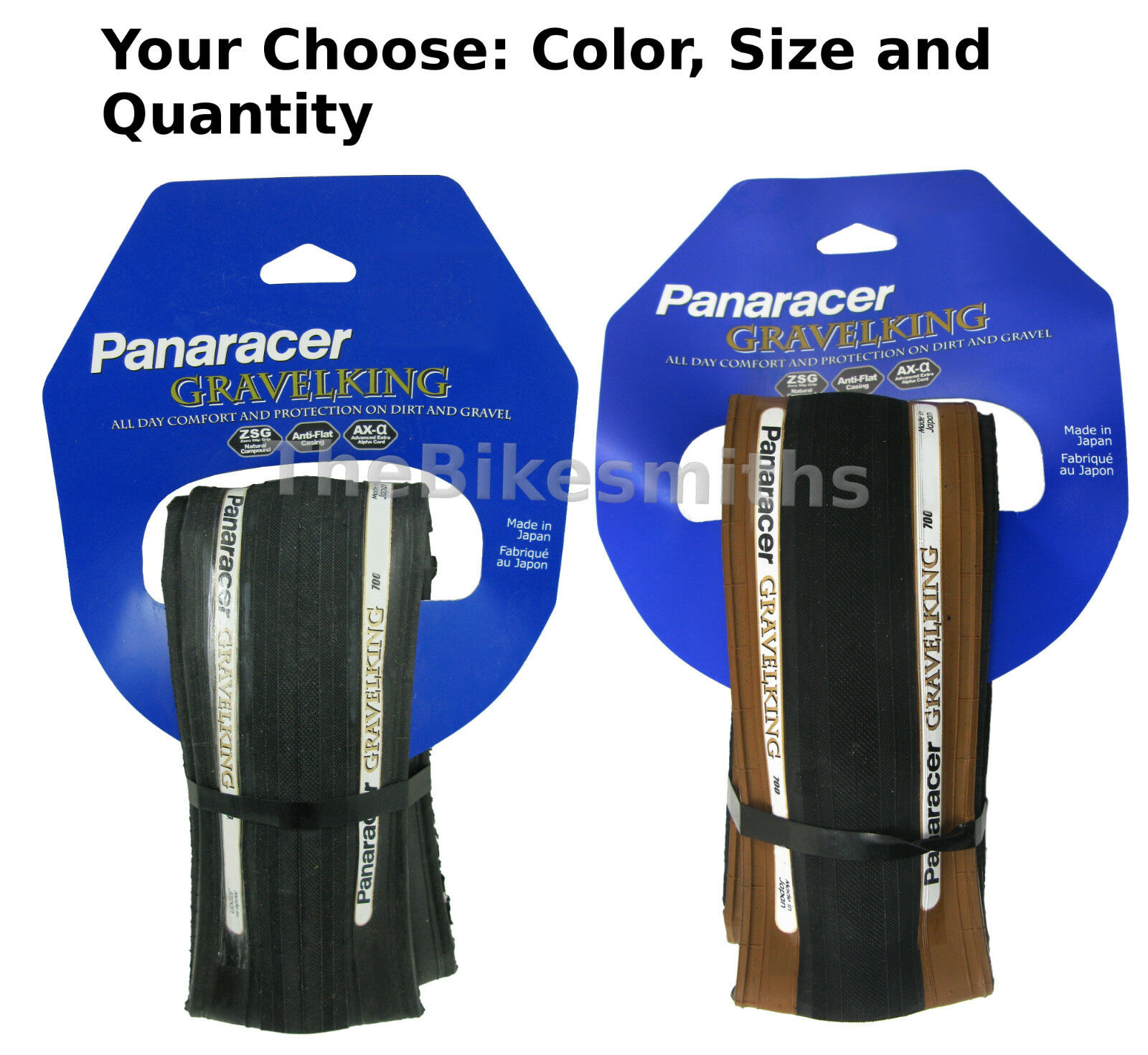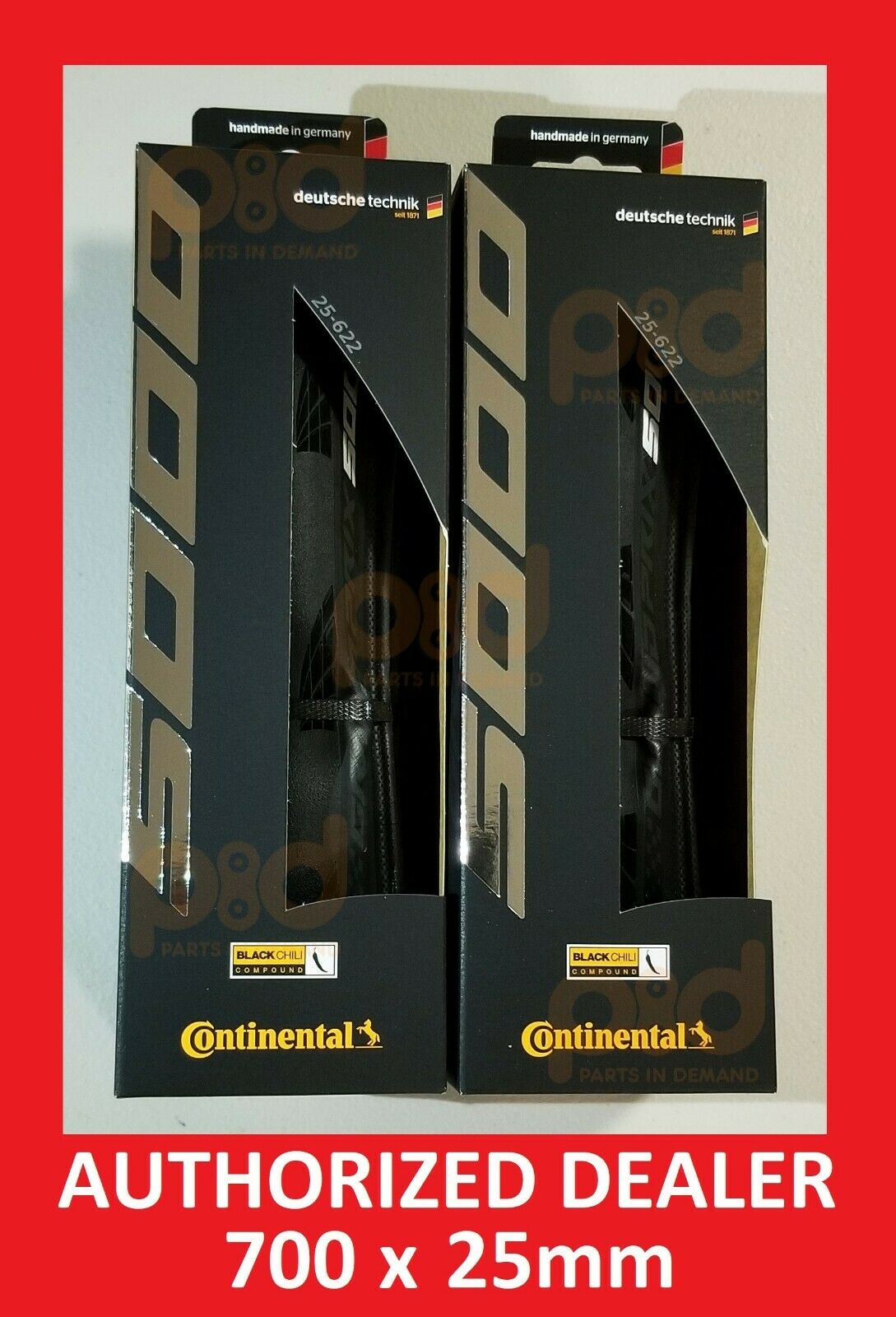-40%
Effetto Mariposa Carogna Double Sided Tubular Gluing Tape
$ 11.58
- Description
- Size Guide
Description
Carogna Tubular Tape by Effetto Mariposa is double adhesive, pressure sensitive tape for gluing tubular tires onto aluminum or carbon rims.Universal performance:
Carogna has been tested and is designed to perform flawlessly on any rim material (aluminum, carbon), with any tubular (seamless, handmade, vulcanized sew-ups ), on and off-road (cyclocross, mountain bike).
Available sizes and rim width
Carogna is available in the following 4 widths and each width is available in two sizes - 2m roll (enough for 1 wheel) and 16 m "shop roll" (enough for 8 wheels).
“S”
(16.5 mm wide) for traditional/legacy tubular rims (width of the gluing channel between 15 and 18 mm)
“SM”
(20 mm wide) for common tubular rims (width of the gluing channel between 18 and 22 mm)
“M”
(25 mm wide) for some aero or cyclocross tubular rims (width of the gluing channel between 22 and 26 mm)
“L”
(30 mm wide) for super wide and/or gravel-specific tubular rims (width of the gluing channel between 26 and 32 mm)
Specific adhesive properties on rim and tubular:
the tape has two application-specific sides:
Semi-structural and removable on the rim-side
: adhesion is guaranteed by industrial-grade acrylic glue, native to the base tape; this means that when removing the tubular (breaking its bond with the rim), the acrylic glue will stay on the tape, not on the rim. Acrylic has a good adhesion on both aluminum and carbon without any specific surface preparation.
Permanent on the tubular side:
there s a 1 mm-thick layer of a recently-developed permanent glue for underwater applications. This thick glue film will move and spread when the tubular is first inflated, ensuring optimized contact with any tubular base tape geometry. Humidity is obviously not an issue, and this glue adheres well to any kind of base tape material (nylon, cotton, poly-cotton) or external finishing (raw, brushed, or coated by neoprene).
The big question: does it work for cyclocross?
Carogna tape works for cyclocross. However, not surprisingly, it turns out that knowing the correct gluing procedure is much more important for cyclocross than for normal road use: similarly to mastic, an average gluing job won’t survive cyclocross racing. Because of the low inflating pressure, tubulars totally rely on the glue to stay on the rim, so adhesion has to be state-of-the-art. Here below some tips we learned from team mechanics, in years of cx racing with Carogna and tubulars:
AVOID SANDPAPER ON THE RIM
We know this is common practice when gluing with mastic, but tapes are different. Sandpaper will create small grooves on the rim, reducing the effective bonding surface for the tape. A smooth rim bed offers the maximum surface of contact for Carogna: we recommend completely removing residual glue from the rim with Carogna Remover before applying Carogna tape, then degreasing it properly with isopropyl alcool or mineral spirit.
CAROGNA WIDTH MUST BE THE CORRECT ONE FOR YOUR RIM
If Carogna tape is much wider than your rims (for example Carogna “M”, 25 mm, on a 20 mm rim) there will be excess tape on the side that isn’t properly glued (just because it can’t be “compressed” between tubular and rim). That area is a potential entry point for dirt and mud, that could then get underneath the glued section of Carogna… not immediately, but within the third or fourth weekend of races. It’s better to trim the eventual excess with a razor blade, before mounting the tubular. Using a wide Carogna and cutting the excess is the best way to take full advantage of the whole gluing surface.
DON’T LET YOUR TUBULARS OUT TO FREEZE BEFORE THEY ‘STICK’
When gluing a tubular with Carogna tape, the workshop temperature should be between 21°C and 38°C (70 to 100°F). At that temperature, 80% of the adhesive strength is reached after 8 hours, 99% after 24 hours. Proper adhesion cannot take place at temperatures below 10°C/50°F. Once adhesion is set, the use at low temperatures (down to -40°C/-40°F) is not a problem.
LOWER INFLATING PRESSURE MIGHT REQUIRE LONGER GLUING TIME
Carogna glue is pressure-activated, so it bonds very strongly when it’s pushed down against the rim by the tubular pressure (for this reason, for road tubulars, we recommend inflating tubulars to their max pressure and allowing some time before riding: adhesion reaches 80% of its maximum strength after 8 hours, the optimal value of 99% after 24 hours). As most cyclocross tubulars don’t allow a very high maximum pressure, Carogna might need a longer time before the optimal adhesion takes place. This depends also on the finishing/surface of the tubular base tape. We’ve been reported cases where cyclocross tubulars were not glued yet after 8 hours, but perfectly so allowing one more day at maximum pressure.
SURFACES SHOULD BE PROPERLY CLEANED/PREPARED
Especially when using tubulars with a raw cotton/unprotected base tape, extra care should be taken to clean the gluing surfaces. We recommend our
Eau de Carogna
gluing primer for the tubular base tape, to make sure adhesion is not hindered by dust or humidity.
The quality of the adhesion should be checked by completely deflating the tubular and gently pushing it on the side. If the tubular is still not perfectly glued, inflate again and wait longer. Time will normally address the issue.
Made in Italy.
Specific adhesive properties on rim and tubular: the tape has two application-specific sides:
Semi-structural and removable on the rim-side: adhesion is guaranteed by industrial-grade acrylic glue, native to the base tape; this means that when removing the tubular (breaking its bond with the rim), the acrylic glue will stay on the tape, not on the rim. Acrylic has a good adhesion on both aluminum and carbon without any specific surface preparation.
Permanent on the tubular side: there s a 1 mm-thick layer of a recently-developed permanent glue for underwater applications. This thick glue film will move and spread when the tubular is first inflated, ensuring optimized contact with any tubular base tape geometry. Humidity is obviously not an issue, and this glue adheres well to any kind of base tape material (nylon, cotton, poly-cotton) or external finishing (raw, brushed, or coated by neoprene).
The big question: does it work for cyclocross?
Carogna tape works for cyclocross. However, not surprisingly, it turns out that knowing the correct gluing procedure is much more important for cyclocross than for normal road use: similarly to mastic, an average gluing job won’t survive cyclocross racing. Because of the low inflating pressure, tubulars totally rely on the glue to stay on the rim, so adhesion has to be state-of-the-art. Here below some tips we learned from team mechanics, in years of cx racing with Carogna and tubulars:
AVOID SANDPAPER ON THE RIM
We know this is common practice when gluing with mastic, but tapes are different. Sandpaper will create small grooves on the rim, reducing the effective bonding surface for the tape. A smooth rim bed offers the maximum surface of contact for Carogna: we recommend completely removing residual glue from the rim with Carogna Remover before applying Carogna tape, then degreasing it properly with isopropyl alcool or mineral spirit.
CAROGNA WIDTH MUST BE THE CORRECT ONE FOR YOUR RIM
If Carogna tape is much wider than your rims (for example Carogna “M”, 25 mm, on a 20 mm rim) there will be excess tape on the side that isn’t properly glued (just because it can’t be “compressed” between tubular and rim). That area is a potential entry point for dirt and mud, that could then get underneath the glued section of Carogna… not immediately, but within the third or fourth weekend of races. It’s better to trim the eventual excess with a razor blade, before mounting the tubular. Using a wide Carogna and cutting the excess is the best way to take full advantage of the whole gluing surface.
DON’T LET YOUR TUBULARS OUT TO FREEZE BEFORE THEY ‘STICK’
When gluing a tubular with Carogna tape, the workshop temperature should be between 21°C and 38°C (70 to 100°F). At that temperature, 80% of the adhesive strength is reached after 8 hours, 99% after 24 hours. Proper adhesion cannot take place at temperatures below 10°C/50°F. Once adhesion is set, the use at low temperatures (down to -40°C/-40°F) is not a problem.
LOWER INFLATING PRESSURE MIGHT REQUIRE LONGER GLUING TIME
Carogna glue is pressure-activated, so it bonds very strongly when it’s pushed down against the rim by the tubular pressure (for this reason, for road tubulars, we recommend inflating tubulars to their max pressure and allowing some time before riding: adhesion reaches 80% of its maximum strength after 8 hours, the optimal value of 99% after 24 hours). As most cyclocross tubulars don’t allow a very high maximum pressure, Carogna might need a longer time before the optimal adhesion takes place. This depends also on the finishing/surface of the tubular base tape. We’ve been reported cases where cyclocross tubulars were not glued yet after 8 hours, but perfectly so allowing one more day at maximum pressure.
SURFACES SHOULD BE PROPERLY CLEANED/PREPARED
Especially when using tubulars with a raw cotton/unprotected base tape, extra care should be taken to clean the gluing surfaces. We recommend our
Eau de Carogna gluing primer for the tubular base tape, to make sure adhesion is not hindered by dust or humidity.
The quality of the adhesion should be checked by completely deflating the tubular and gently pushing it on the side. If the tubular is still not perfectly glued, inflate again and wait longer. Time will normally address the issue.
Made in Italy.
